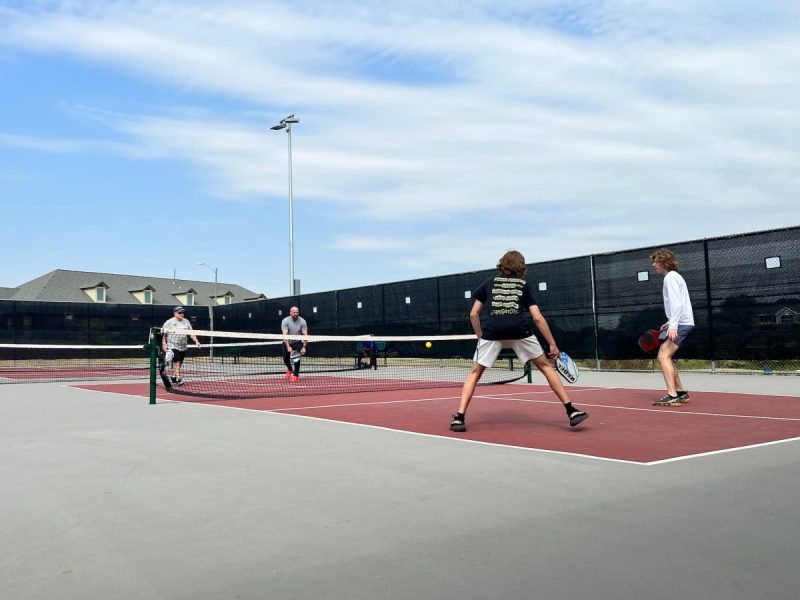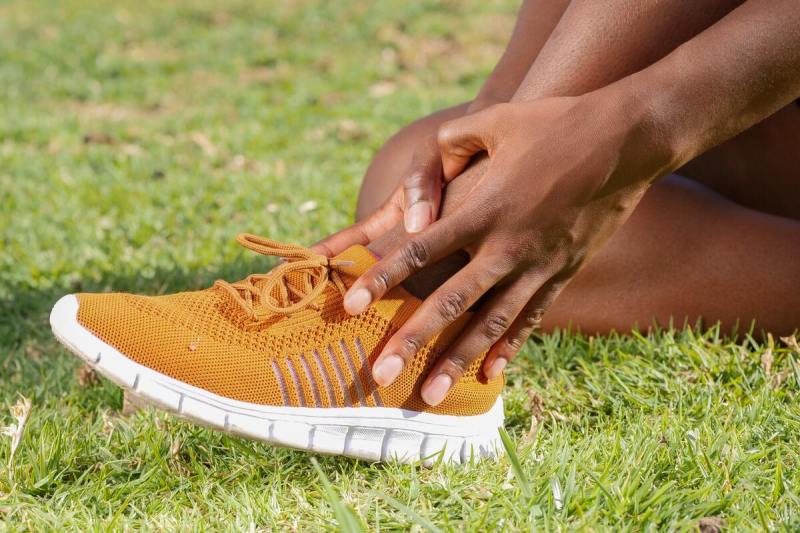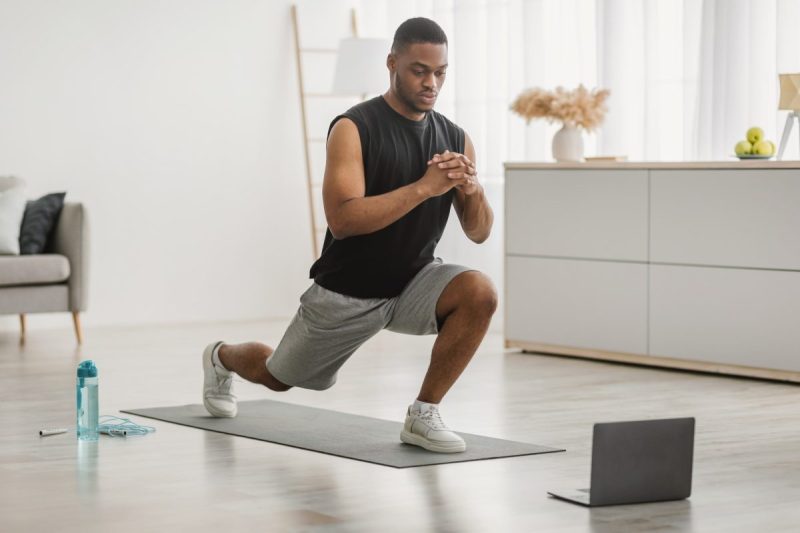
Pickleball is a racket sport that combines elements of other similar sports, such as badminton, ping-pong, and tennis. Players use paddles to hit a hollow plastic ball over a net until someone fails to return the ball to the other player. Its derivative yet simple design makes it a popular sport for people of all ages — and the fastest-growing sport in the U.S.
Just as the popularity of pickleball increases, so too does the frequency of injuries commonly occurring with pickleball and other sports. The strenuous nature of this activity and its frequent, repetitive movements make these injuries almost unavoidable. Since you can’t get around having to make these movements, the best thing you can do is prevent
Below are five of the most common injuries associated with this sport, each accompanied by a specific exercise that can help prevent them.

Pickleball Elbow
This is essentially the same as what some athletes refer to as the common tennis elbow — pain over the exterior part of the elbow that can possibly extend to the forearm. This comes from the repeated wrist extensions involved in pickleball, such as holding and swinging the paddle; having to do it constantly is essentially overusing the associated muscles. As a result, you may experience soreness in this area if you overuse the extensor carpi radialis brevis (ECRB) tendon.
Thus, strengthening your forearm muscles allows for better resistance to exertion from the sport’s repetitive movements. Some resistance training exercises with weights that specifically target your forearm muscles can certainly help, such as the one below.
Wrist curls
Instructions:
- Sit on a chair with a light dumbbell (1-pound weight is recommended).
- Rest your forearm on the edge of a flat surface (e.g., a table); your wrist should be hanging over the edge while holding the dumbbell with your palm facing upward.
- Slowly raise and lower your hand, keeping your forearm against the flat surface.
- Repeat for ten reps.

Wrist strain
Since you’re constantly flexing or extending your wrist to swing a paddle, it is very likely that you will experience strain in that area. Similar to pickleball elbow, pain in your wrist after playing
Because both wrist strain and pickleball elbow are both in the same area and have the same causes, exercises to help with
Wrist extensor stretch
Instructions:
- Extend the arm of your dominant hand in front of you with your fingers pointed toward the ground.
- Use your other hand to bend your wrist further until you feel a mild stretch in your forearm.
- Hold for 15-30 seconds.
- Repeat for two to four reps.
*Alternatively, you could also do wrist flexor stretches, which is the same except the palm of your dominant hand is facing opposite of you, and your fingers are pointed upward.

Lower back strain/pain
Pickleball can cause lower back pain or sciatica — a form of back pain radiating toward the legs — if you constantly rotate at the torso when turning to hit a ball. Frequent crouching and “dinking” (a movement in
Because you will need your trunk to frequently turn your body to hit the pickleball, it is important to strengthen your core to resist or reduce the effects of possible overexertion on your lower back.
Bird dog
Instructions:
- Start on your hands and knees, with both directly underneath your shoulders and hips, respectively.
- Engage abdominal muscles, then extend your left leg behind you and your right arm in front of you at the same time.
- Hold this position for 15 seconds, then slowly lower the raised leg and arm back into the starting position.
- Switch sides and repeat for the opposite arm/leg.
- Continue altering sides for five reps on each side.

Sprained ankle
Among the most common sports injuries out there, the pain associated with acute ankle sprain is caused by overstretching or twisting certain ligaments in that area, leading to a tear in the tissue. This can occur while playing pickleball, as this sport requires you to constantly pivot while moving around the
Although sprains usually heal on their own, it is better to prevent them altogether by stretching and properly using your ankle muscles.
Ankle circles
Instructions:
- Sit on a chair.
- Lift one leg and slowly rotate your foot in 20-30 circles clockwise using your ankle.
- Pause for a few seconds, then switch legs and rotate that foot for the same number of reps.

Torn Achilles tendon
Located at the back of your ankle, the Achilles tendon connects your calf muscles to the heel bone. Because pickleball requires you to do repetitive movements and sudden starts/stops, your Achilles tendon can become thicker and, thus, less flexible and more susceptible to rupture.
Thus, stretching your Achilles tendon will allow it to be more flexible even if your tendon thickens. Exercises that can strengthen the Achilles tendon can even go hand-in-hand with stretching your ankles since they’re in the same general area.
Runner’s stretch
Instructions:
- Place your hands against a wall at eye level.
- Take one leg and step behind you, making sure that your toes are pointed straight ahead.
- Bend the knee of your other leg towards the wall while keeping your back leg straight.
- Lean forward far enough that you don’t feel pain. A gentle stretching feeling in your calf is okay.
- Hold this position for 30 seconds.
- Repeat for three reps.



